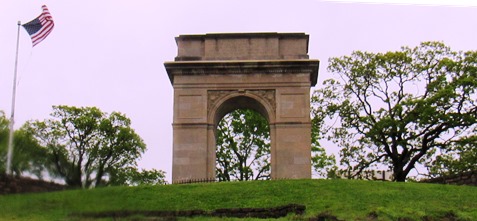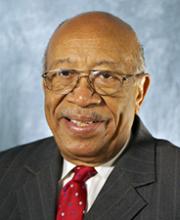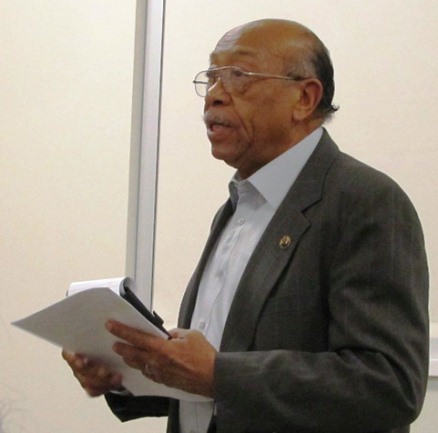
by Mary Rupert
Currently at the Wyandotte County Museum, Bonner Springs, is the Rosedale 150th anniversary exhibit.
The exhibit has been extended until June 25, said Amy Loch, museum executive director.
Rosedale was an independent city until 1922, so it is celebrating the 150th anniversary of its founding and also the 100th anniversary of its annexation into Kansas City, Kansas, she said.
Rosedale has its own community identity, and the Rosedale Development Association, instrumental in keeping this identity alive, was the partner for developing this exhibit, she said.
Some of the most notable features of the Rosedale area are the Rosedale Arch and Mount Marty. The Rosedale Arch, a World War I memorial based on the Arc de Triomphe, was dedicated in 1924 to those Rosedale soldiers who served in World War I.
Also featured in the museum exhibit are the Vox Theater or Rosedale Theater, Strasser Hardware and the former Rosedale High School, now a middle school, Loch said.
“We have some stadium seats from the original high school, several sports trophies, clubs, plaques and trophies,” she said about the school exhibits.
Rosedale had its own mayors in the early days, and some items from the families of mayors are on display at the exhibit, she said.
A coat from one of the early Rosedale mayors is on display, as well as items from the Rainbow Mennonite Church, she said. The church had several mergers over the years, with different names and locations, and traces its history to the early Rosedale days.
Also part of the exhibit is a 15-minute video history of Bell Memorial Hospital, the forerunner of the University of Kansas hospital in Rosedale, she said.
Rosedale also has been known for some of its streets that originally were lining up with the numbering system in Kansas City, Missouri, and not the numbering system in Kansas City, Kansas. After annexation, Rosedale had to rename a number of streets and churches to be in sync with Kansas City, Kansas, she said.
Long-time Rosedale historian, the late Margaret Landis, also is featured in the museum exhibit, according to Loch. Her book about Rosedale history, “The Winding Valley and the Craggy Hillside,” and an audio recording that she made while giving a Rosedale history presentation at the “History and Culture of Wyandotte County” class at Kansas City Kansas Community College are part of the exhibit.
Loch said there are a number of maps and city directories that are being used by museum visitors to look up their ancestors and see where they lived in Rosedale.
There’s also a slide show of additional photos where some visitors found their relatives’ pictures, she added.
The Wyandotte County Museum, which is located inside Wyandotte County Park at Bonner Springs at 126th and State, is open to the public from 9 a.m. to 4 p.m. Mondays through Saturdays. Admission is free. The next exhibit at the museum will be the 100th anniversary of the Fairfax area of Kansas City, Kansas, which will start in July.


